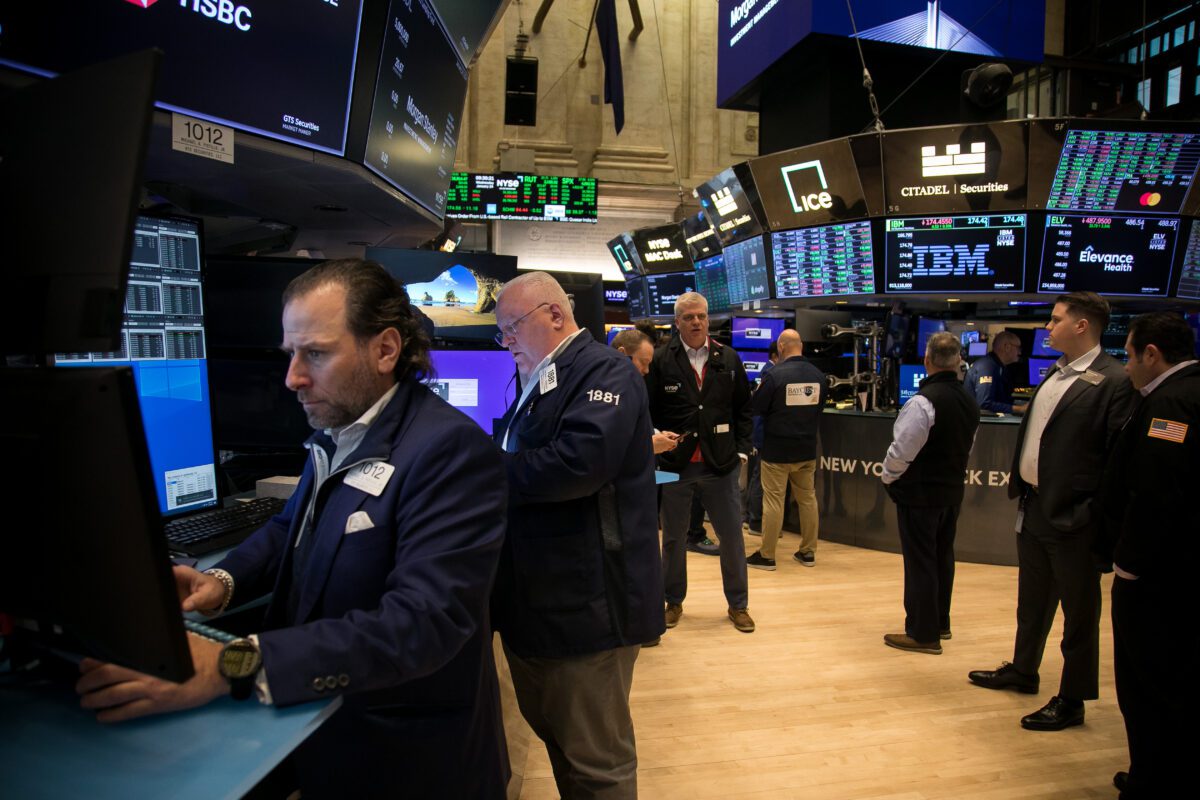Das US-Verbrauchervertrauen (Conference Board; Februar) ist mit 130,7 etwas schwächer ausgefallen als erwartet (Prognose war 132,0; Vormonat war 131,6).
Die Einschätzung der aktuellen Lage liegt bei 1 (Vormonat war 175,3) .
Die Erwartungen liegen bei (Vormonat war 102,5)
Dazu schreibt das Conference Board, das die Daten erhebt:
“Consumer confidence increased in January, following a moderate advance in December, driven primarily by a more positive assessment of the current job market and increased optimism about future job prospects,” said Lynn Franco, Senior Director, Economic Indicators, at The Conference Board. “Optimism about the labor market should continue to support confidence in the short-term and, as a result, consumers will continue driving growth and prevent the economy from slowing in early 2020.”
The monthly Consumer Confidence Survey®, based on a probability-design random sample, is conducted for The Conference Board by Nielsen, a leading global provider of information and analytics around what consumers buy and watch. The cutoff date for the preliminary results was January 15.
Consumers’ assessment of current conditions improved in January. Those claiming business conditions are “good” increased from 39.0 percent to 40.8 percent, while those claiming business conditions are “bad” decreased, from 11.0 percent to 10.4 percent. Consumers’ appraisal of the job market also improved. Those saying jobs are “plentiful” increased from 46.5 percent to 49.0 percent, while those claiming jobs are “hard to get” declined, from 13.0 percent to 11.6 percent.
Consumers were also more optimistic about the short-term outlook. The percentage of consumers expecting business conditions will improve over the next six months was virtually unchanged at 18.8 percent, while those expecting business conditions will worsen declined from 8.8 percent to 8.4 percent.
Consumers’ outlook for the labor market was more upbeat. The proportion expecting more jobs in the months ahead increased from 15.5 percent to 17.2 percent, while those anticipating fewer jobs declined from 13.9 percent to 13.4 percent. Regarding their short-term income prospects, the percentage of consumers expecting an improvement declined from 22.7 percent to 22.0 percent, while the proportion expecting a decrease was virtually unchanged at 7.7 percent.“
Kommentare lesen und schreiben, hier klicken












